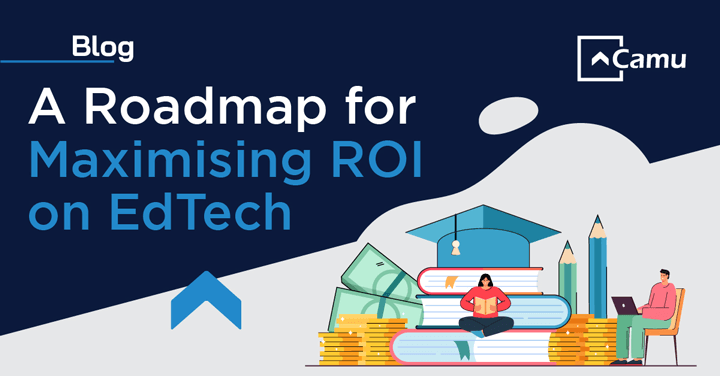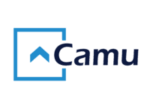
A Roadmap for Maximising ROI on EdTech
EdTech spend is on an upward trajectory as institutions across the world are making digitisation of their offerings a key priority.
From secure cloud-based services, to superior data analytics, and well-designed application programming interfaces, technology is being architected to enhance the overall experience of the user.
Educational centres are tapping into their annual budgets to subscribe to cutting-edge software solutions that are poised to enhance student engagement and outcomes.
But the question remains, are institutions devoting enough time and expertise to assessing the efficacy of its use?
Today, a great number of institutions are unable to realize the full benefits of adopting EdTech Why is this?
Well, for starters, there is a discrepancy between the technology selected and the institutional context.
Without a clear comprehension of why the technology is needed and how it will impact short and long-term goals, implementation is counterproductive.
What’s more, top management may not fully understand or trust the role of technology in achieving these goals.
Add to this a lack of digital literacy skills on the part of instructors and staff, and an institute is left with an underutilisation of resources and untapped potential.
For these reasons and more, EdTech ROI should be one of your primary objectives of for 2023.
Camu has outlined a blueprint for maximising EdTech ROI.
- Evaluate the technology
There is no dearth of software solutions in the market, especially with all the trade shows and conferences held yearly.
But with endless choice comes the eternal challenge of picking the right one.
The best way to go about this is by mapping institutional needs with specific attributes of the platform.
Are you looking for a platform that helps streamlines your services?
Is your main criterion the automation of paper-based tasks?
Are you seeking an efficient way to manage complex admission processes?
Do you wish to digitalise your course offerings?
Some features are oriented towards empowering the learner, while others focus on equipping the instructor.
The best platforms are ones that are natively integrated and multi-tenant, so you can meet all your requirements within a single subscription.
- Make platform testing an early criterion
As part of the early evaluation stage, it’s critical for institutions to avail of product demonstrations of various platforms.
Get into the mindset of assess-before-you-invest!
By seeing first-hand how the system works, aspects like interactivity, integrability, functionality and sustainability can be gauged.
What’s more, it’s important for different stakeholders to be able to engage with the demo.
After all, the experience of each user will be highly unique and varied.
So, don’t buy until you try.
- Formulate a strategic plan for execution
EdTech adoption cannot be done in isolation from strategic planning.
A comprehensive planning framework is key to ensuring the smooth and successful administration of the platform.
Here, an institute must outline its overall goals, as well as tactical benchmarks to hit along the way – from curriculum design and delivery, to fee management, and student services…
It must also consider what upgrades are needed to the hardware and infrastructure.
Additionally, how much of the budget must be allocated to the set-up.
- Educate stakeholders on the benefits of EdTech
EdTech adoption has implications for every stakeholder – student, parent, teacher, principal, administrator, board member, etc.
By educating them on the value of the technology, what it brings to the table, and how it will benefit each one in their respective journeys, stakeholders will be more likely to embrace the change.
Ambiguity, uncertainty and scepticism are all a result of misinformation or no information at all.
- Prioritise digital literacy training for users
While stakeholders may be on board for the introduction of new technology, are they skilled enough to use it?
Furthermore, do they have access to the right digital resources?
Here’s where training and support are so imperative; it’s the thread that connects all other aspects of EdTech.
A lack of education can be detrimental to the success of your EdTech ROI.
- Measure success through quantitative performance metrics
Having set up your platform, onboarded your users, and begun actively using the features, the next thing to focus on is performance measurement.
You cannot calculate your ROI, without measuring student and teacher success.
So, identify key metrics that are relevant to your institute e.g., Student Engagement.
Additionally, look to collect honest feedback from all users about their experience.
This will help you make appropriate adjustments for higher efficacy and productivity.
EdTech is no small investment, and therefore requires prior thought and consideration.
However, when leveraged correctly, it has the potential to take an institution to the next level.
To ensure that the benefits of your digitisation are outweighing the cost of capital, make sure to follow Camu’s roadmap.
We’d also be happy to do a product demo for you, should you be interested in exploring a cost-effective EdTech solution.







